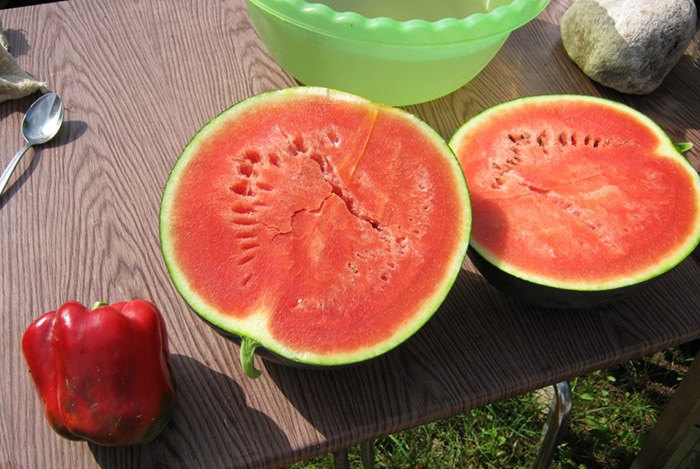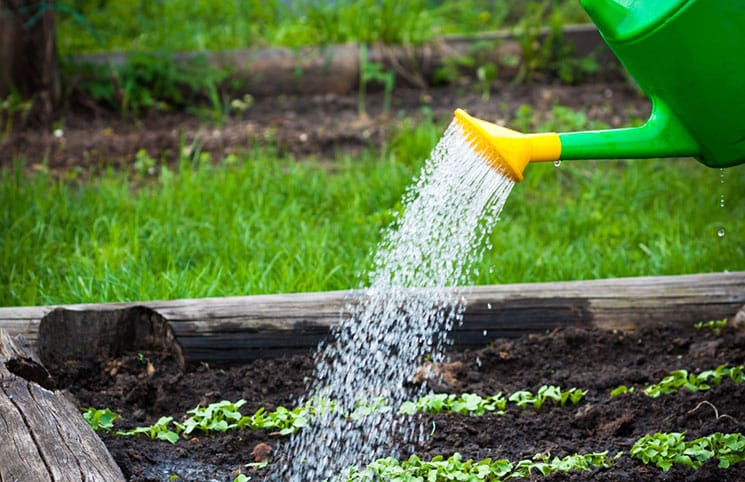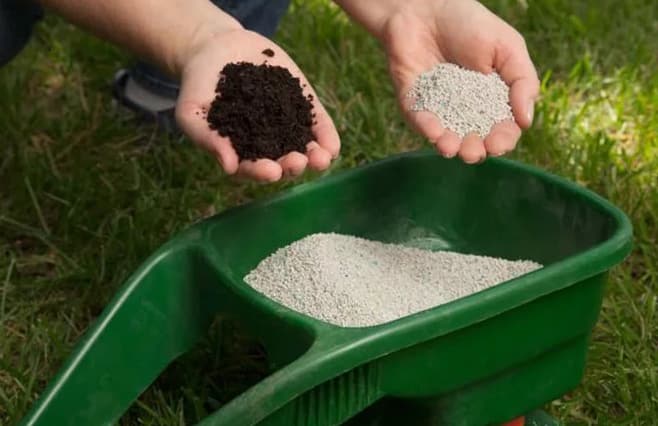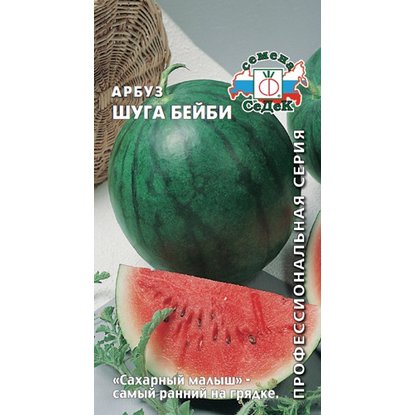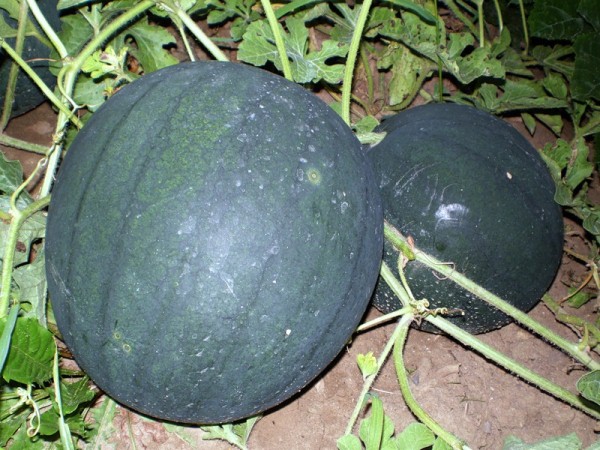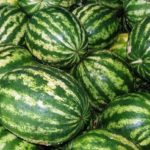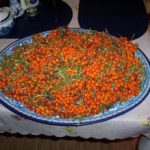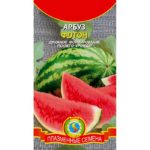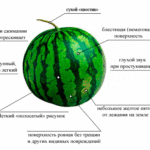Watermelon is the favorite berry of many people in our country, but the most popular variety, “Sugar Baby,” is distinguished not only by its excellent taste and ease of care, but also by its ability to produce a harvest even in the cold regions of Russia. After reading the material, not only professional gardeners, but also ordinary amateurs, using the advice, will be able to easily grow sweet melons in their beds in a short time.
Description and characteristics
Few people know, but watermelon has a considerable amount of useful vitamins and microelements, such as:
- Vitamins A, B, C.
- Cellulose.
- Magnesium and phosphorus.
- Potassium and iron.
- Pectin.
The “Sweet Baby” variety is characterized by rapid ripening; after the first shoots appear, the harvest can be harvested within 70-90 days. The berries are not very heavy, on average about 6-8 kilograms. Ripe fruits have a dark green color, with pronounced stripes on the peel.
If you cut a watermelon, the eye reveals a scarlet core, usually coarse-grained, sugary and quite juicy.
The advantages of this variety include:
- Disease resistance.
- Stores well during long-term transportation.
- Easy to care for and high yield even in the coldest regions.
Features of cultivation in different regions
The “Suga Baby” variety is planted not only in open areas of the post office, but also under the greenhouse canopy. Watermelon produces good yields mainly in well-drained, light and fertile soil, with sufficient sunlight.
Experienced gardeners know the peculiarities of sowing to obtain high-quality shoots from seeds, as well as a rich harvest:
- In order for the berry seeds to germinate well, it is recommended to soak them in warm water at 45-65 degrees. Leave them there until the liquid cools completely, then sow them for seedlings.
- Germinated seeds are planted in an open area of soil no earlier than 30 days later.
- When preparing the soil for planting sprouts, it should be noted that the holes need to be dug at a distance of 2-2.5 meters from each other, since the length of the vine of this melon variety is quite long.
- Before planting seedlings, it is advisable to feed the soil - pour ash, humus and sand into the hole.
- Sprouted seeds are planted in warm soil, therefore, after fertilizing the holes, the soil is covered with a film to warm it up.
- In areas where the climate is quite warm, sowing can begin in the last weeks of April, early May. When the soil at a depth of 5-10 centimeters warms up to a temperature of 10-13 degrees.
- Those who live mainly in arid regions plant seeds to a depth of no more than 4-5 centimeters.
Optimal conditions for growing in Siberia
A distinctive feature of the cold regions of Russia is the short summer period. In such climatic conditions, it is necessary to grow melon quickly, so early ripening varieties are selected. And the sowing method is only seedlings. After the grown seedlings have become stronger, you can begin planting in open areas of soil.
The soil
“Sugar baby” grows well in light soil, which is dominated by sand. Since the roots of the plant are thin and have many branches, well-drained soil is suitable. Watermelons love sunlight very much; in order to get a good harvest of sweet berries, you need to choose the sunniest place for planting. Favorable conditions for a good harvest will be the soil on which they worked in the previous year. growing black radish.
Attention! You should not plant seedlings of small watermelons next to cucumbers, zucchini or pumpkins. Since during the growth process these crops will interfere with each other. The soil prepared for planting sprouted seeds should warm up to at least 15 degrees Celsius. Given the cold climate of Siberia, “Suga Baby” is planted closer to mid-May.
Watering
There is no need to water melons often; the berries do not like abundant moisture. Watering the seedlings well once or twice a week will be sufficient. To prevent the roots of the watermelon from freezing and rotting, watering is carried out with warm water. It is recommended to carry out this procedure in the late afternoon, since intense solar activity can burn the tender leaves of the plant.
It is recommended to moisten the stems and leaves of “Sugar Baby” during the flowering period and during the formation of the ovaries. Once the fruits begin to ripen, excess moisture will cause the berries to burst from excess water.
Fertilizers and fertilizing
Fertilizer for watermelons, in cold regions, give once or twice a season: first in June, and then a month later. Gardeners recommend fertilizing weeds with infusion or purchasing any mixture for melons at a garden store.
How to grow watermelon "Suga baby"
The “Sugar Baby” watermelon variety is quite easy to care for and resistant to diseases and pests. Depending on the region and climatic conditions, gardeners grow berries not only in the open ground, but also in a greenhouse. Further on the differences in caring for melons in different conditions.
In the greenhouse
Growing sweet berries in a greenhouse differs only in that the fruits are tied to a trellis. All bushes of the plant are formed into one lash. During flowering, it is necessary to open the door windows to attract insects for pollination. To attract the attention of bees, you can sow honey plants next to the melon bushes.
When watermelon ovaries appear on each bush and they grow to the size of a tennis ball, each berry should be placed in a net and tied to a trellis.
In the open ground
You can grow sweet watermelon in open ground by sowing seeds or seedlings, it all depends on the climate.After planting, it is not recommended to unnecessarily trample the soil and touch the sprouts. In conditions of elevated temperatures, water abundantly, but no more than 2 times a week. As soon as the fruits reach the size of an apple, you need to start forming lashes.
To do this, pinch the whip, leaving 5-6 leaves above each ovary. In cold areas, from 4 to 7 berries are left on one watermelon bush, all other flowers are removed. The fewer ovaries there are on the bush, the heavier and tastier the harvest will grow.
Important! Considering the cold in Siberia, many watermelons will not grow anyway, so you should not skimp on setting fruit too much and leaving them to ripen.
Rules for harvesting and storing crops
Towards the end of the warm summer months, preparations for harvesting begin; periodically it is worth taking a closer look at the berry tails. When the tail is completely dry, the watermelon is ripe. To finally make sure that the crop is ripe, the fruits are not squeezed too much with both hands. If you can clearly hear a grinding sound, there is no doubt that the watermelon is ripe. You should not delay harvesting, as overripe berries may even ferment.
Attention! Most gardeners recommend cutting ripe fruits early in the morning, so their shelf life will be longer.
The stalks are trimmed with pruning shears, after which the ripe berries are placed in a room with an air temperature of no more than 15 degrees Celsius. Ripe watermelons of the “Suga baby” variety can be stored for up to 2 months. Provided that the place where they are stored is cool and dark.


